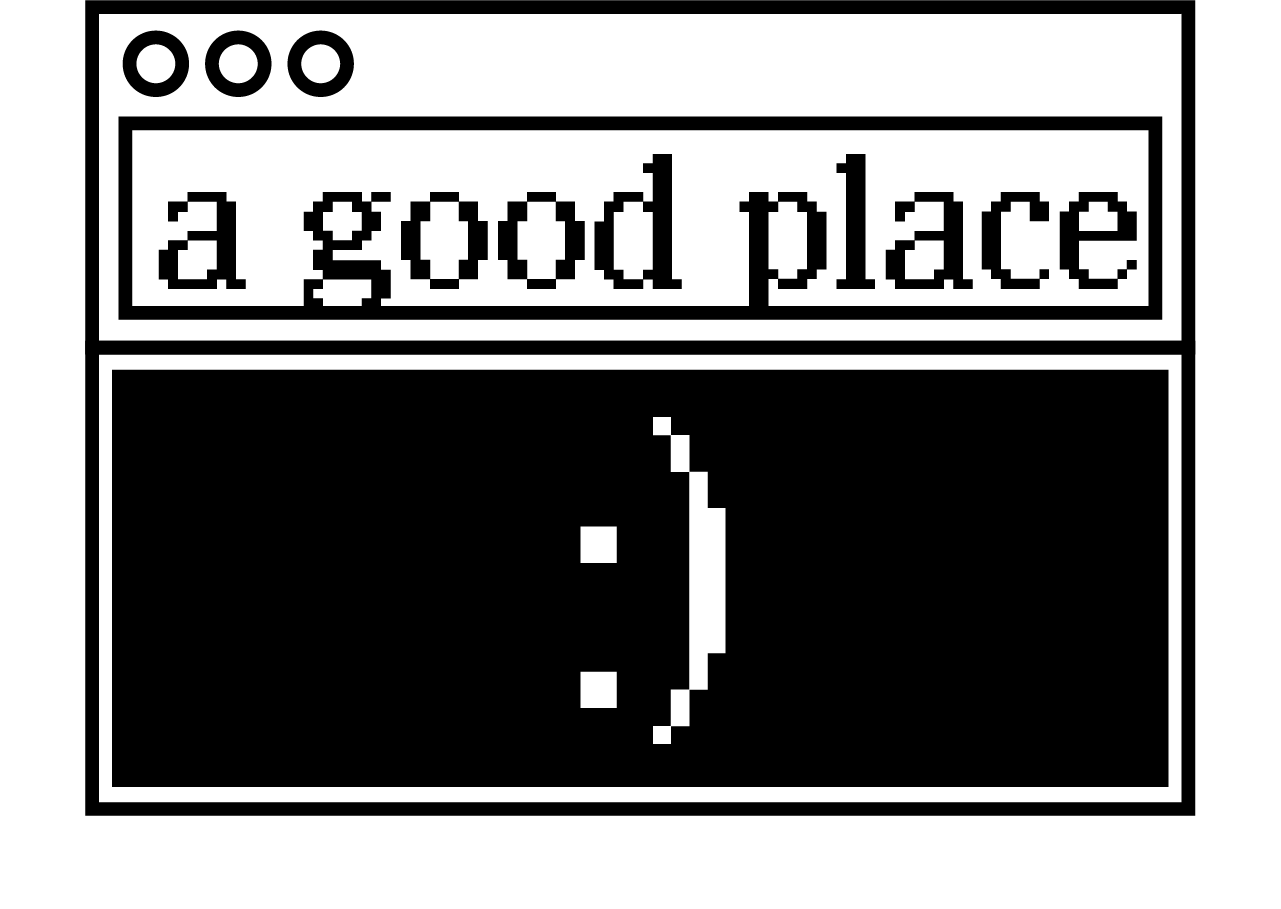but this place is just right.
Cable television as we know it was essentially born in the ’70s. It was during that decade that Americans got a whole host of new channels, and a few people in Washington had the bright idea to start putting government proceedings on television. Thus, C-SPAN was born in March of 1979, first televising a speech from Al Gore, then a Tennessee Congressman. “Today marks the first day that our legislative branch, in its entirety, will appear on that medium of communication through which most Americans get their information about what our government and our country does,” Gore announced. Thrilling stuff.
By the time I became aware of it, as an adolescent in the 2000s, C-SPAN was something of a joke. Aside from live broadcasts of government proceedings, it was known for its call-in political talk show programming, where little of interest was said aside from the prank and crank calls that would filter in. A personal favorite: the guy named Tom who called in and said his name was Thom, pronounced like thumb.
But in the last few months, in the process of making a podcast, I ended up watching hours and hours of C-SPAN programming. Though searching on the C-SPAN website is a little tricky, its immense and far-reaching catalog captivated me. What I found was a kind of counter-narrative of the last 20 years, a version of how history unfolded with none of the glaze applied by cable television. And what I learned was that the recent history was far more cringe than we’ve been led to believe.
One example is the 2000 Republican National Convention. On its second day, sandwiched between speeches by Bob Dole and Barbara Bush, there was an extended swing dancing performance. Thousands of Republican Party apparatchiks at the Comcast Center in Philadelphia, smiling and swaying as a guy in a leather vest and Dick Tracy fedora twirled a woman in a red dress beneath a giant projected image of “V-J Day in Times Square.” Less than an hour later, Condoleeza Rice would take the stage and announce that America had no interest in playing world cop, saying that the American military was not “the world’s 9-1-1.”
The time-capsule quality of C-SPAN’s archive is what I like the most, the way that little things remind me of the particularities of any time and place. At the outset of her remarks at the 2000 GOP Convention, Rice thanked all of the “Private Ryans” who had fought to ensure that tyranny would not stand (the movie had come out more than a year earlier).
The Bush years are a memory hole that’s well-filled by the C-SPAN archives. You can watch Donald Rumsfeld turn from media darling into a snarling defender of a doomed war right before reporters’ very eyes, and you can watch, in their entirety, the speeches that preceded votes on critical issues like the Iraq war or the Wall Street bailout. Where someone on YouTube might cut or tweak or edit at least just a bit, C-SPAN presents the closest thing to an unvarnished truth.
But C-SPAN isn’t and wasn’t immune from manipulation, and its greatest shortcomings are in its core functions. Former Republican Speaker of the House Newt Gingrich, who has never met a camera he didn’t like, figured out soon after its launch that he could get a lot of mileage out of delivering fiery speeches to an empty room, given that C-SPAN didn’t use particularly wide camera angles. Peter Boyer told the full story in a 1996 Vanity Fair article:
At first, his approach gave the impression that he was a brave young crusader, taking on the opposition in heated floor encounters, but, in truth, most of his diatribes were delivered before a virtually empty House. When, in 1984, he escalated his attack on Democrats to the point of questioning their patriotism — accusing them of being “blind to Communism” — Speaker [Tip] O’Neill lost his cool. In a legendary head-to-head encounter on the floor of the House, the Speaker blasted Gingrich : “You deliberately stood in that well before an empty House, and challenged these people, and challenged their patriotism, and it is the lowest thing that I’ve ever seen in my thirty-two years in Congress.”
The end of the story, however, was a Gingrich coup: Trent Lott, who was then minority whip, protested O’Neill's attack on Gingrich as being out of order, and O’Neill’s remarks were stricken from the record. It was the first such rebuke of a Speaker of the House since 1798. Gingrich was famous.
These days, C-SPAN doesn’t have control over its own camera angles, and the final say over where cameras sit resides with Mitch McConnell, a fact that became clear during recent impeachment hearings. The Senate-installed cameras allow for little other than a view of the dais, meaning that all the work happening on the floor of the Senate — the verbal muscling and hushed deal-making — gets left unseen. Though speeches to an empty room are now identified for being just that, the C-SPAN angle of legislative work doesn’t capture everything. And yes, a significant chunk of people who call into C-SPAN are nutters who make a point of saying antisemitic or racist things as soon as C-SPAN host lets them call in. But if you’ve ever wondered what the value might be of having a camera in the room during critical moments in history, C-SPAN is the closest we’ve come to adequately answering that question. It’s worth taking a look at what those cameras show.


